What defines a luminous sculpture - the artist, the process or the story it holds? For the German architect who has his own way of conceiving architecture, every design has a rational story behind it. Rooted in his desire to attach stories to his design, Alexis Dorneir’s latest exploration is in the realm of product design. Tamashī Jiwa, which translates to 'souls of space', are luminous sculptures that trace their origin to the architect’s visit to a small paper factory run by a Japanese paper maker. Inspired by the manufacturing process and the use of handmade raw material, Dornier marked an intent to create a product from paper. Owing to his eye for details, this curiosity paved the way for a collection of lamps that capitalise on craftsmanship and skill. While transforming the identity of lamps into luminous sculptures, the Tamashī Jiwa collection adorns every element on it to be exclusively handcrafted and made in Bali, Indonesia
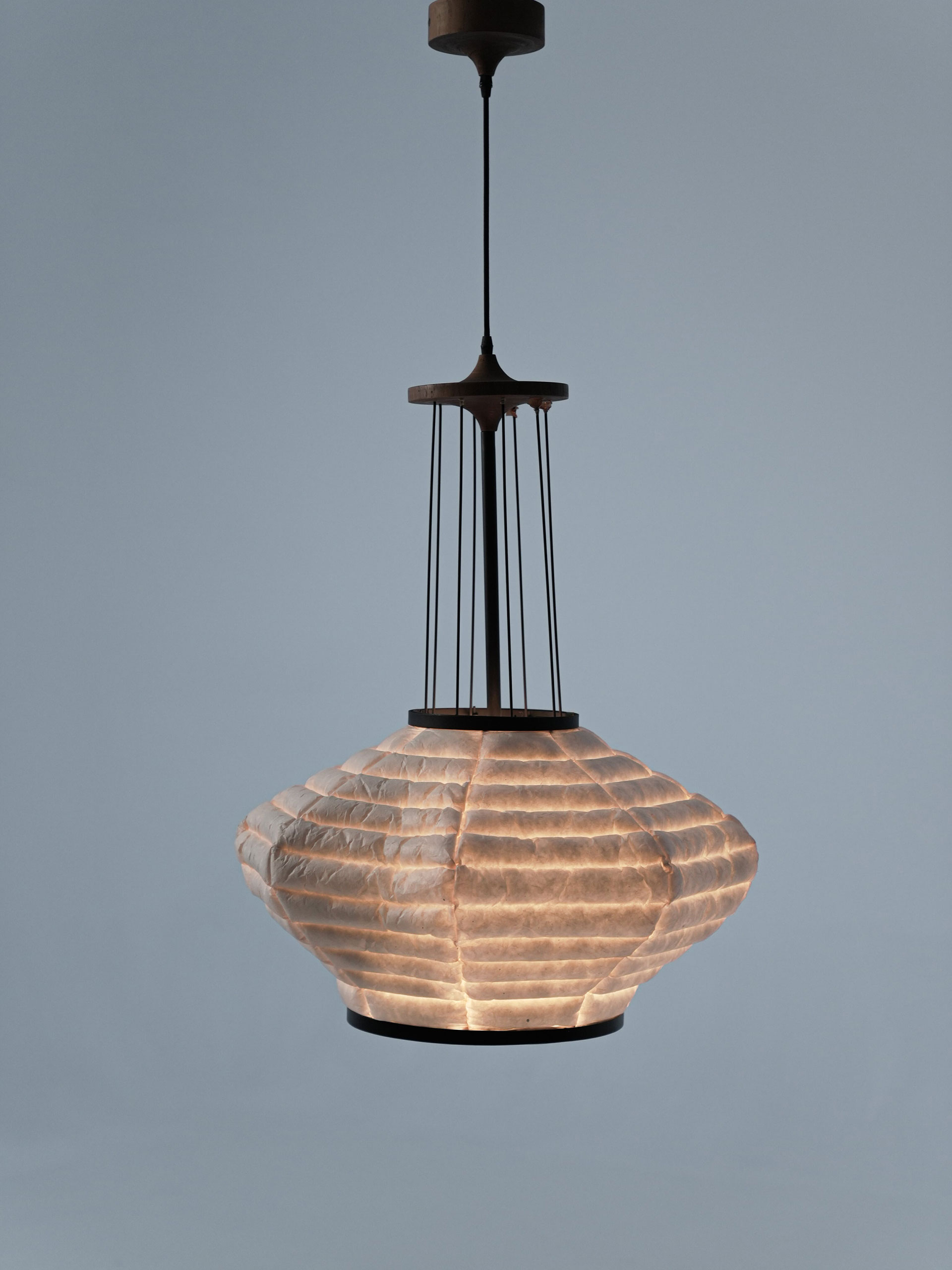
Dornier’s desire to go beyond the conventional paper lamps and products, the lampshades are created using handmade Banana-fibre based paper. In the tedious process ranging from obtaining the fibres to cutting and cooking them into pulp which is then moulded and dried into papers, the raw material of the products itself has a journey of its own. Furthermore, the paper is sewn and stitched together to form ‘cells’ that reflect a predominant character. These cells are then filled with translucent polyurethane wool from recycled plastic and shaped into varying dimensions and sizes. Following the architect’s idea of every design holding a story, every lamp from the collection tells a story of the long journey it has been through, and all the hands that have worked on it.
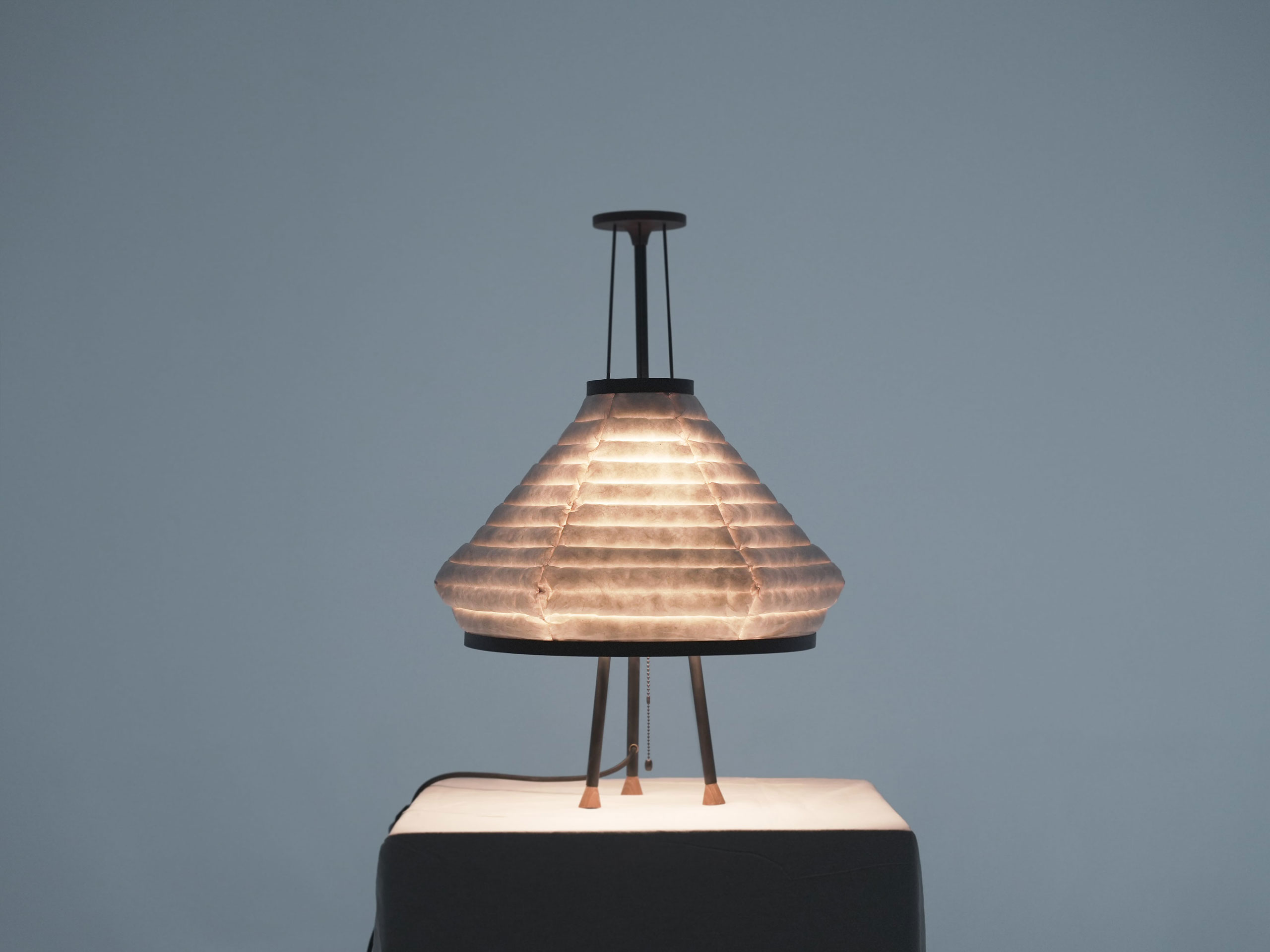
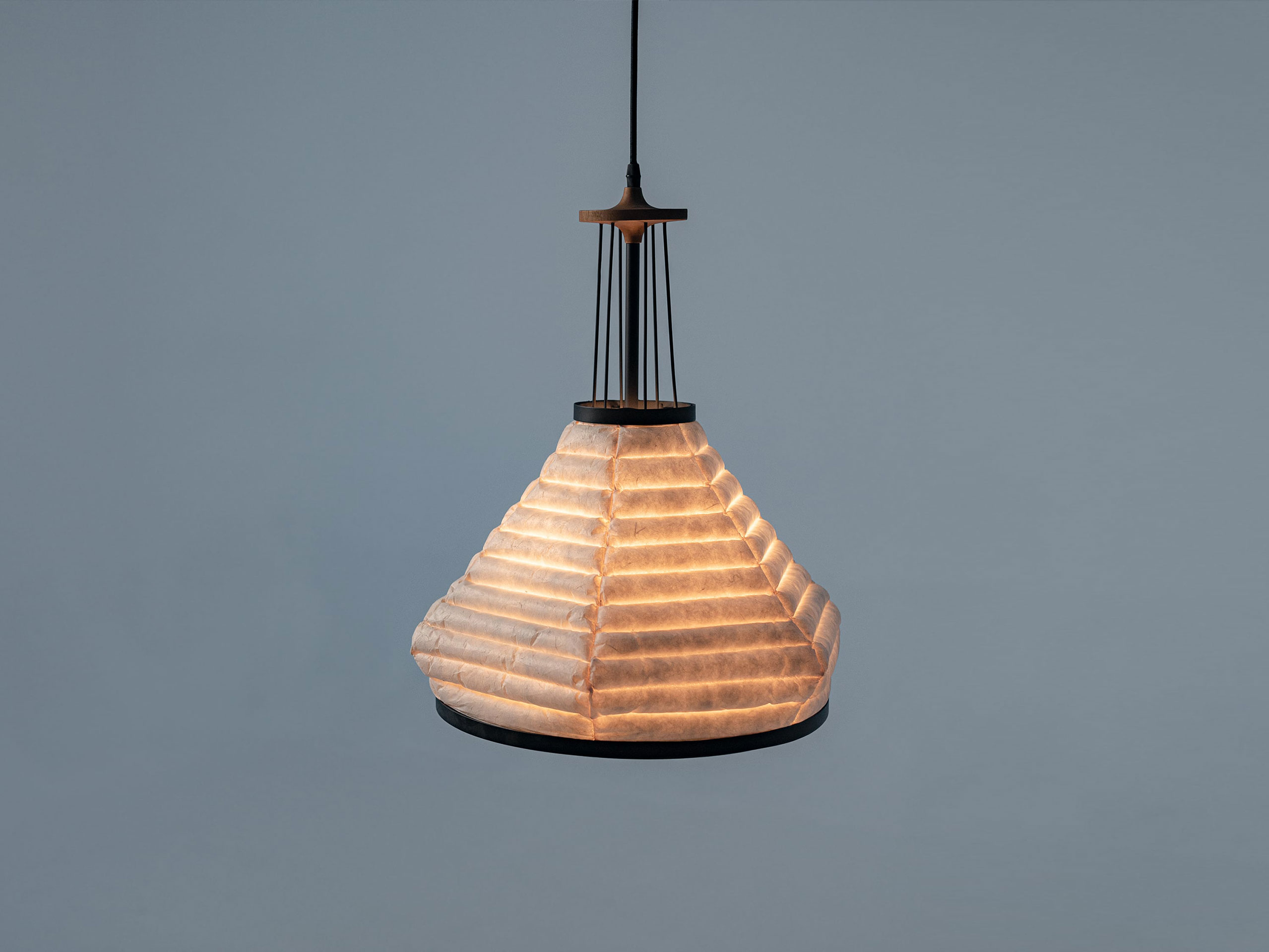
The influence of the Balinese tradition of craftsmanship and their relation to nature has always entailed the architecture of Dornier but extending similar beliefs into his product design concepts, he shares, “Despite the clear idea, the counterpart to gesture and form is atmosphere - enhanced through material and texture”. Furthermore, personifying the products and translating their emotions into tangible designs, the Tamashī Jiwa marries ‘the rational’ and ‘the intuitive’ into an inseparable amalgam.
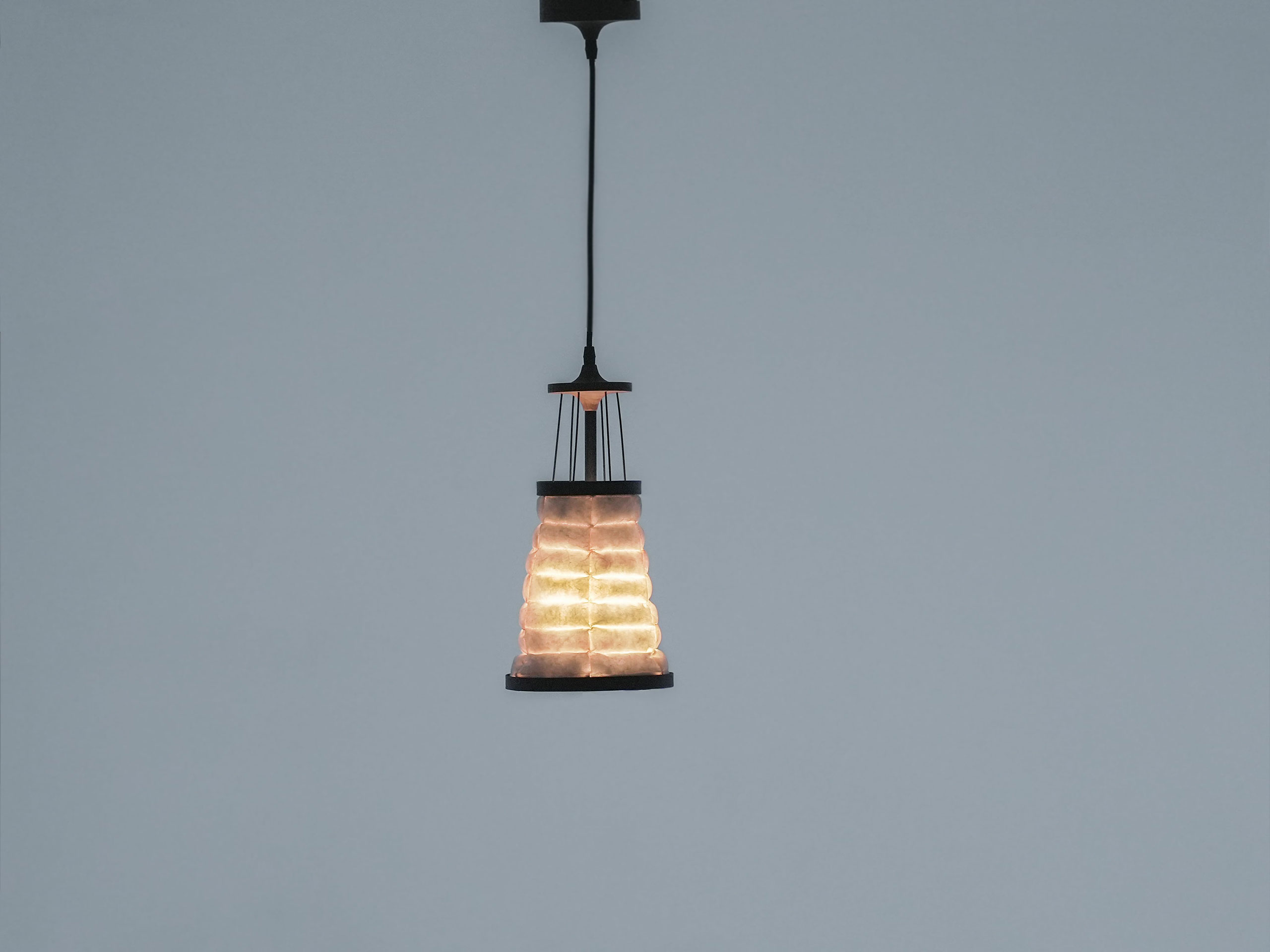
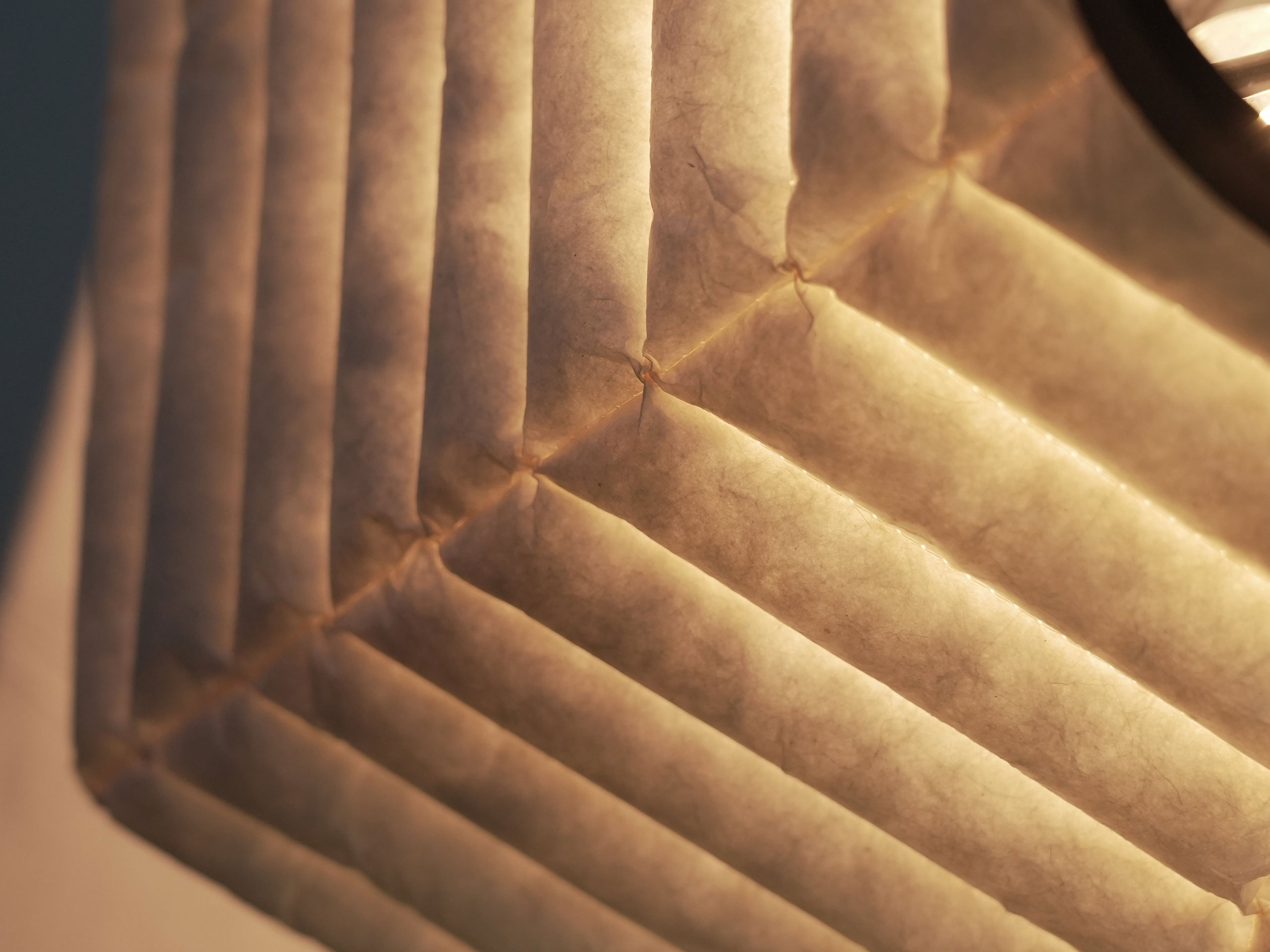
In order to create a lighting design collection that portrays notions of comfort, softness and casual, he aids inspiration from mundane, functional objects such as down jackets, blankets and stuffed cushions. While stitching together the puffed cells of the shades, the seams tend to create a rhythm and melody in the visual aesthetics of the final product. Anchoring the translucent shapes are the racks which are designed as a counterpart appearing to be slender, dematerialised, and black imparting a reductive and graphical strength to the lighter parts of the product.
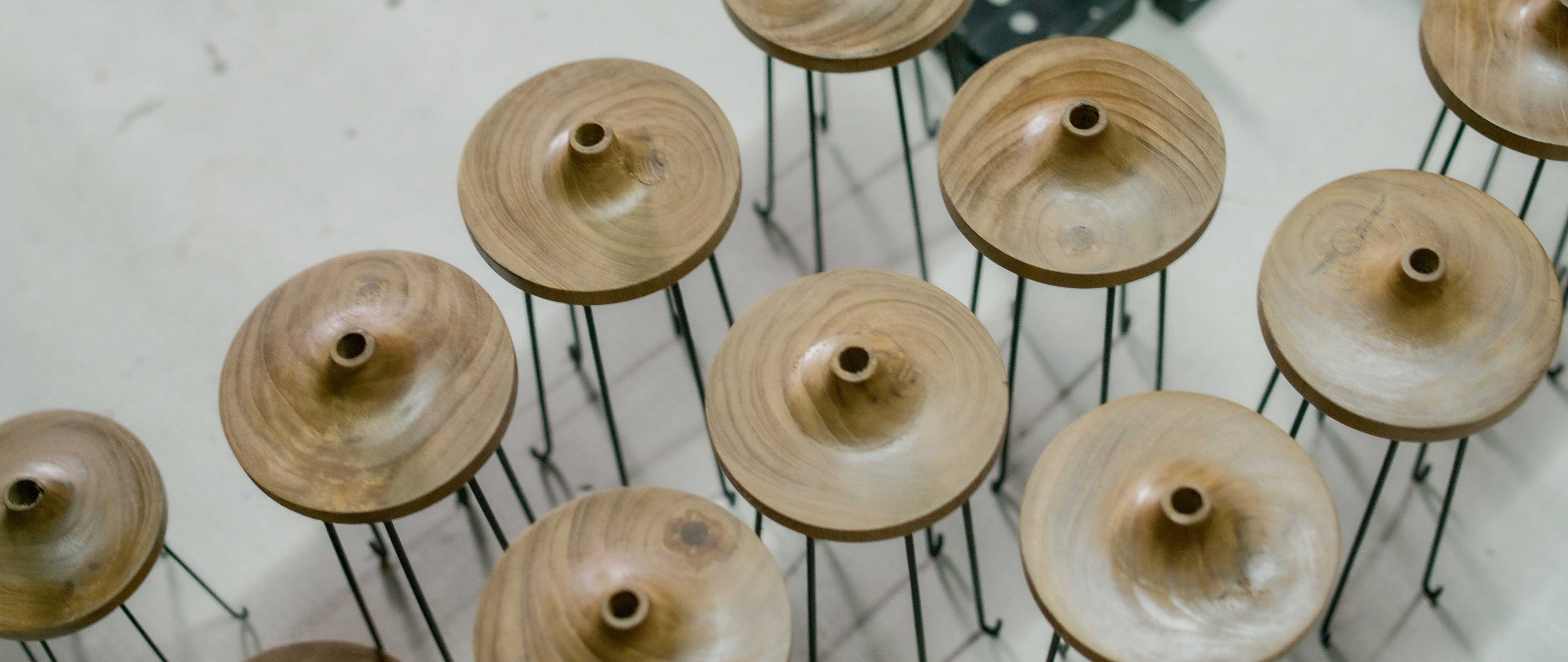
Dornier further adds, “The atmosphere of spaces becomes eminent by the objects that those spaces carry and become their souls. They are fixed stars on the firmament of built environments.” Placed in different settings as a hanging or fixed physical entity, the luminous sculpture reminds one of an enlarged cocoon, with a new life and story inside. While transcribing his thoughts into sustainable design, the regional architect whose works revolve in the realm of Balinese architecture seems to stay true to his identity as a “maker of things” who believes in lucky accidents. Owning to the character of his earlier works including Birdhouses resort and Bond House, the light sculpture collection too reflects the purity of tropical architecture and the human relation to nature. Narrating a monologue of birth, progress, and existence, Tamashī Jiwa, even with its minimal design builds a dialogue that communicates with the user.






 Sign in with email
Sign in with email


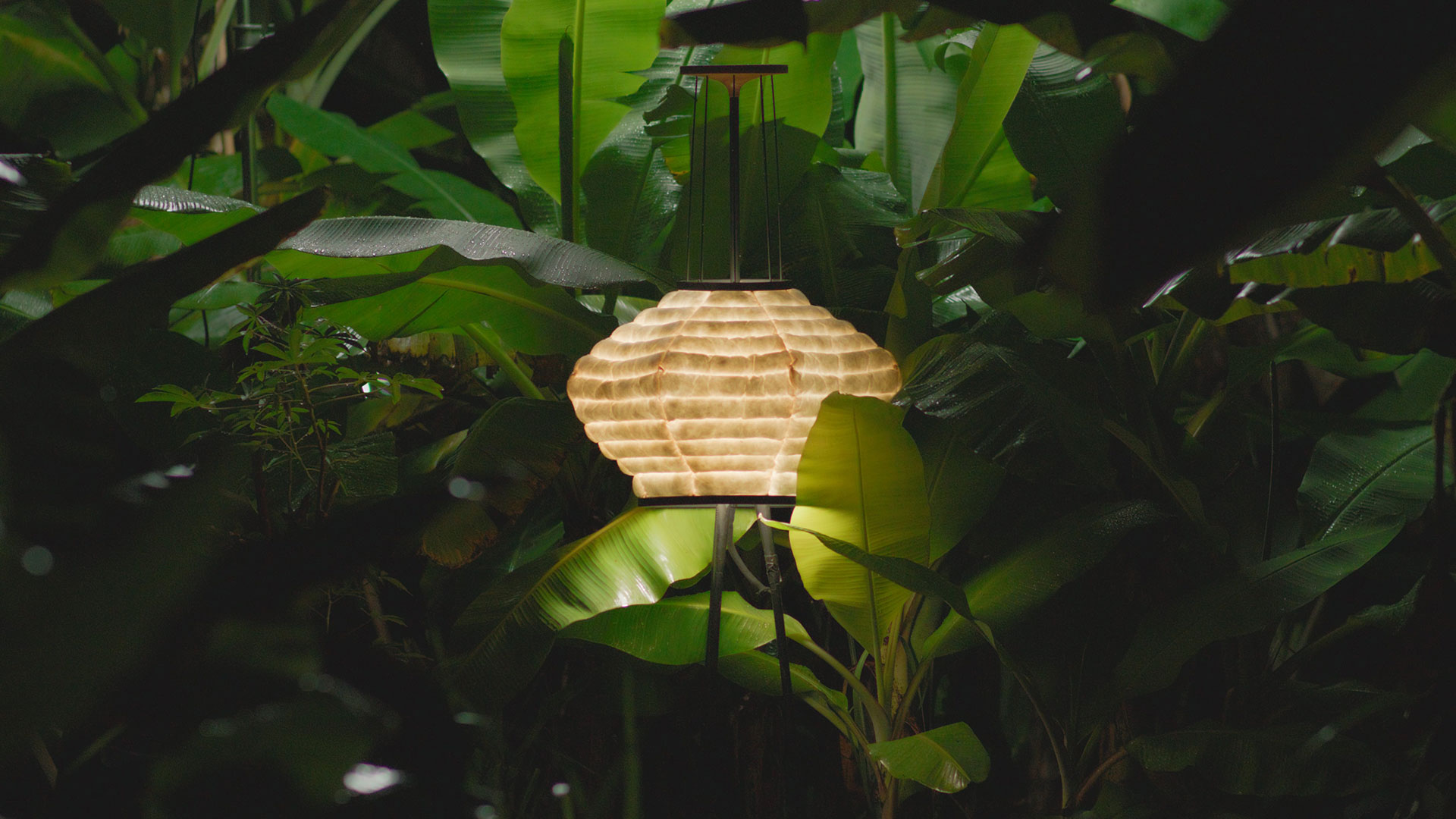
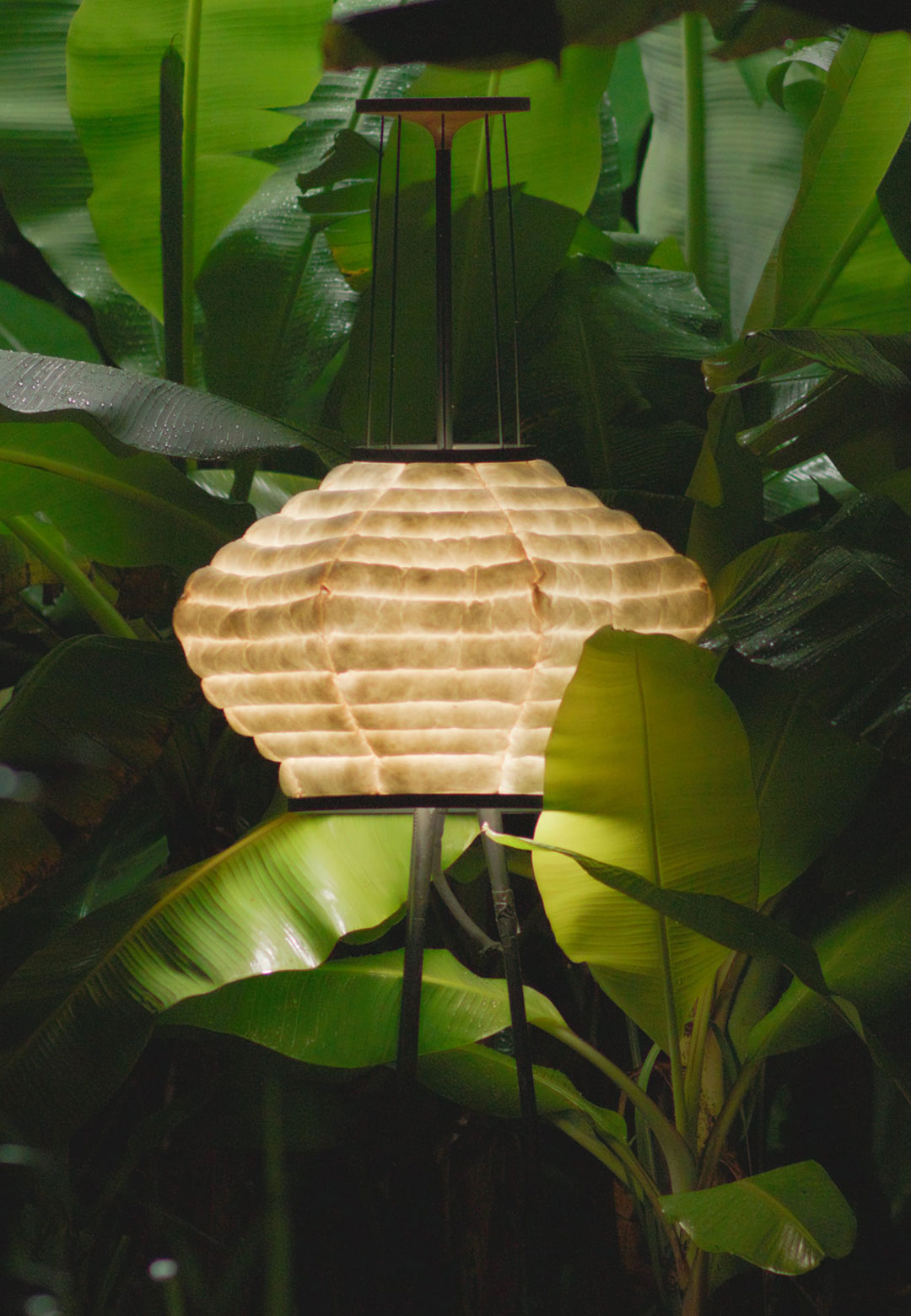
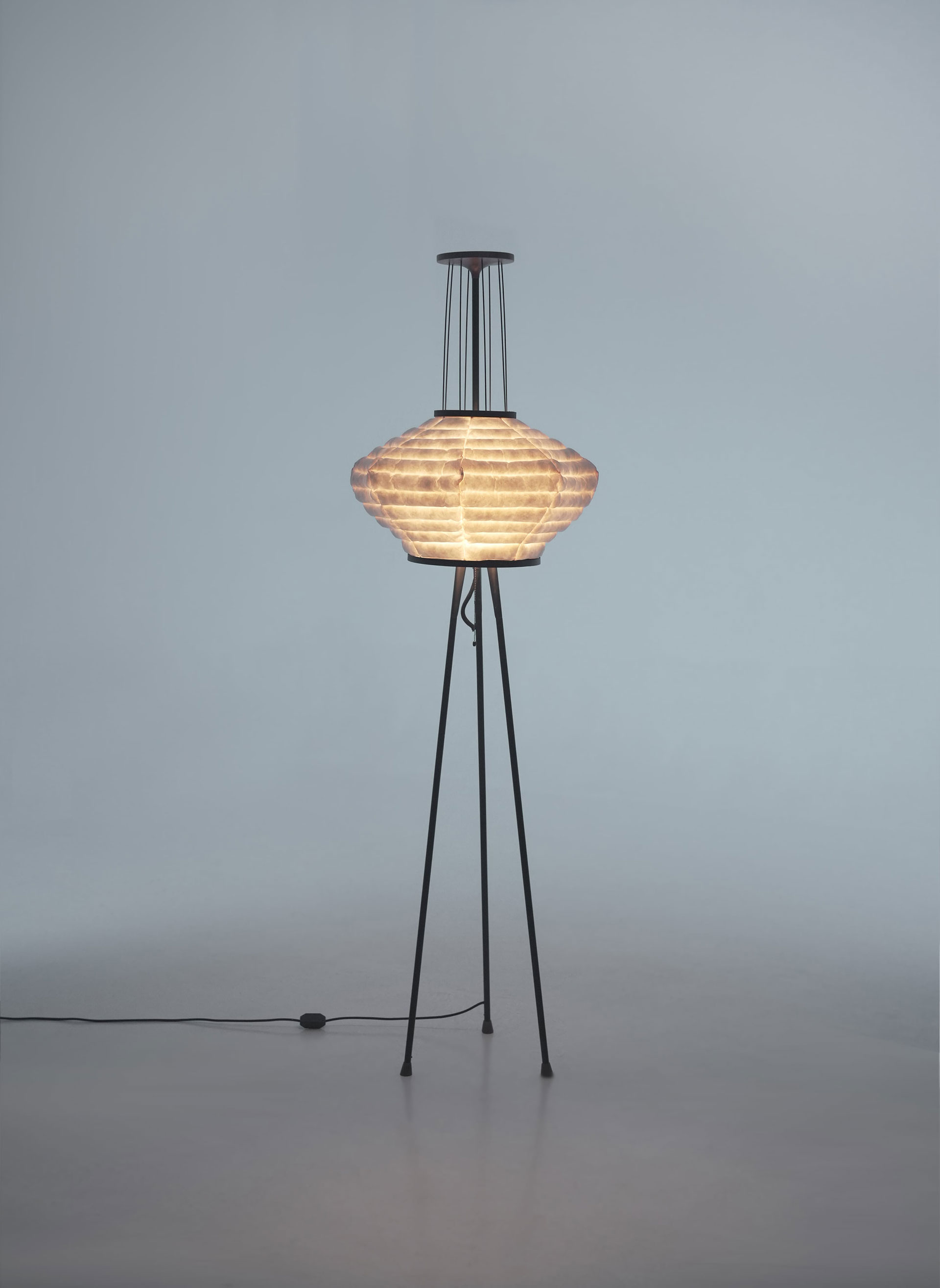






What do you think?